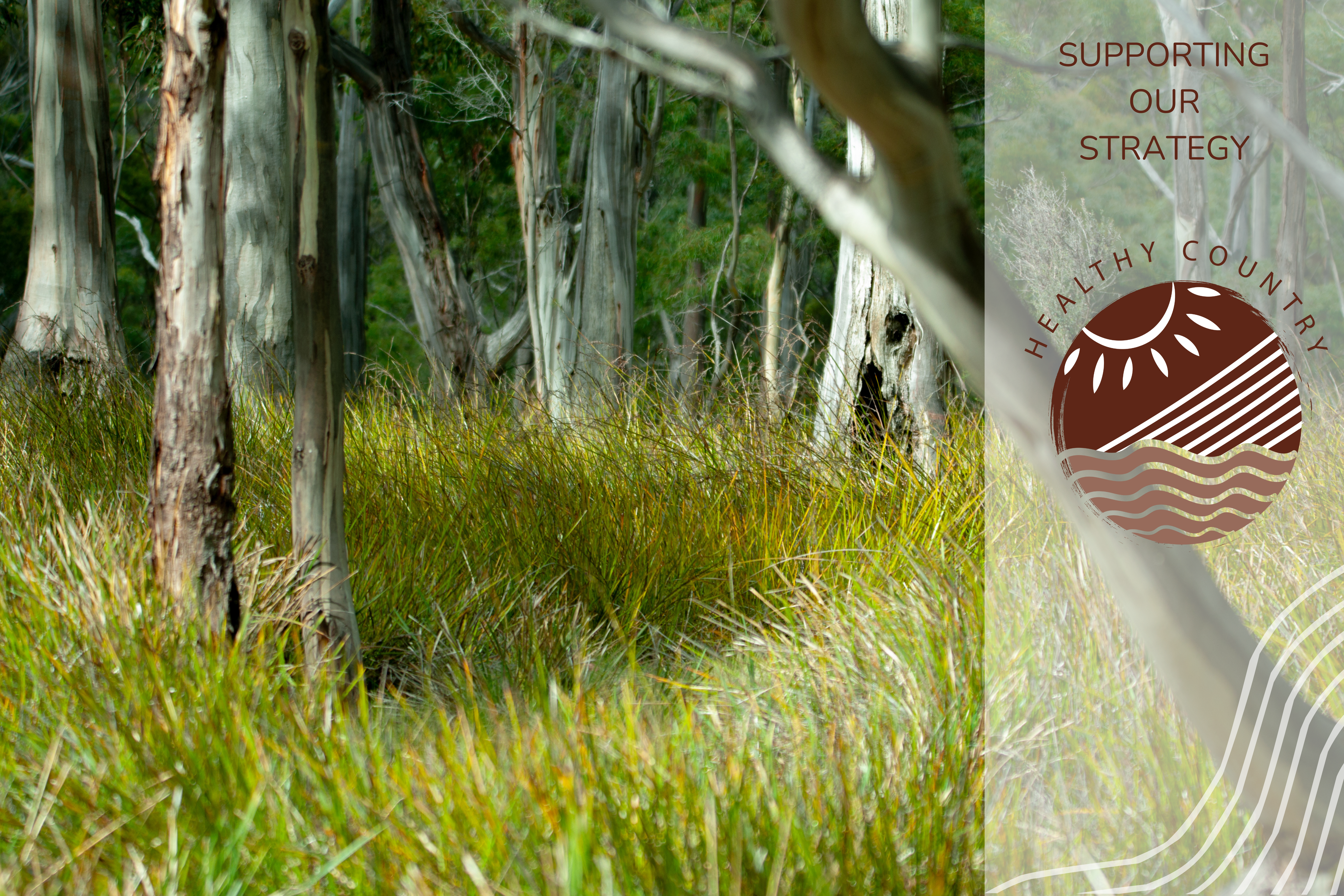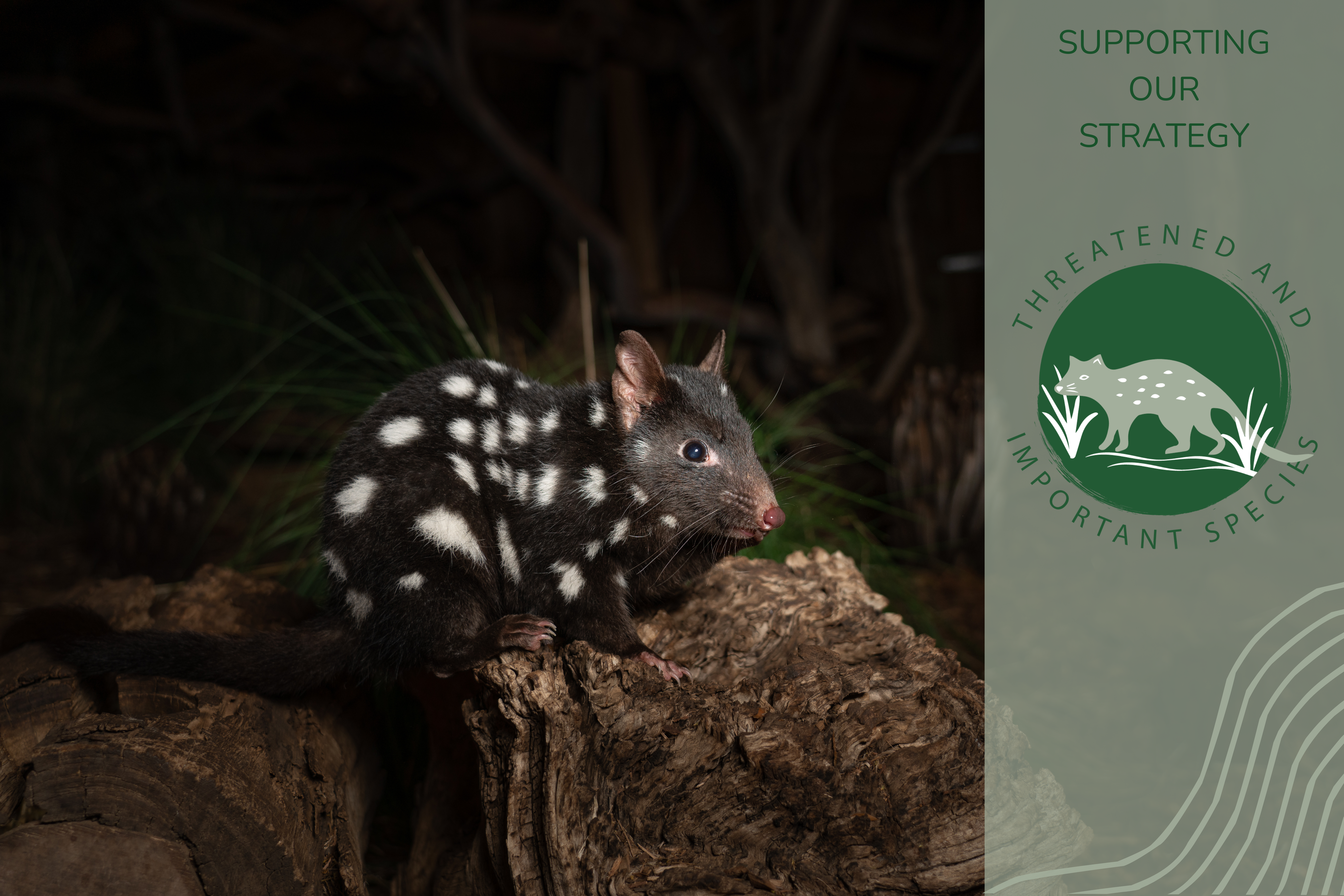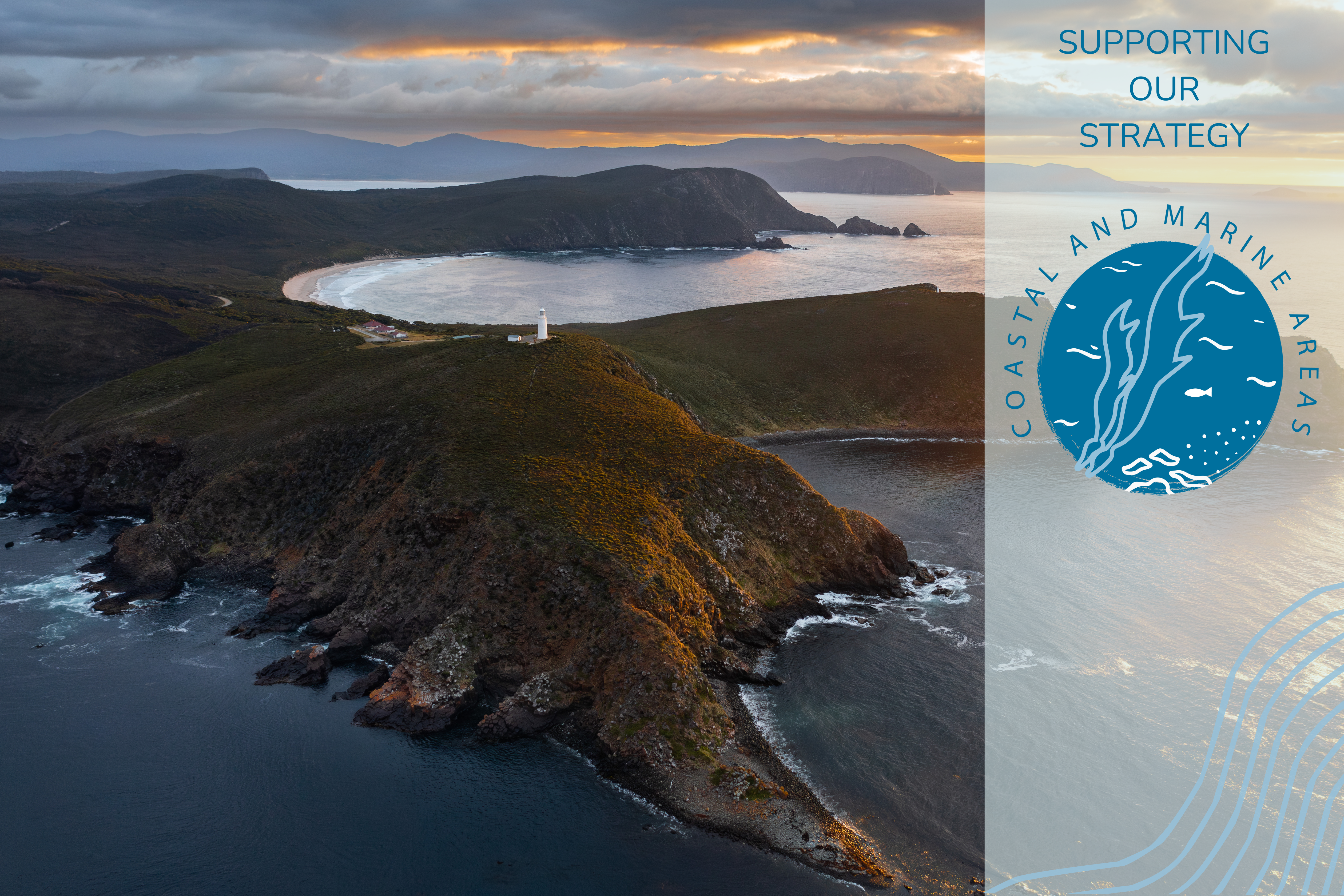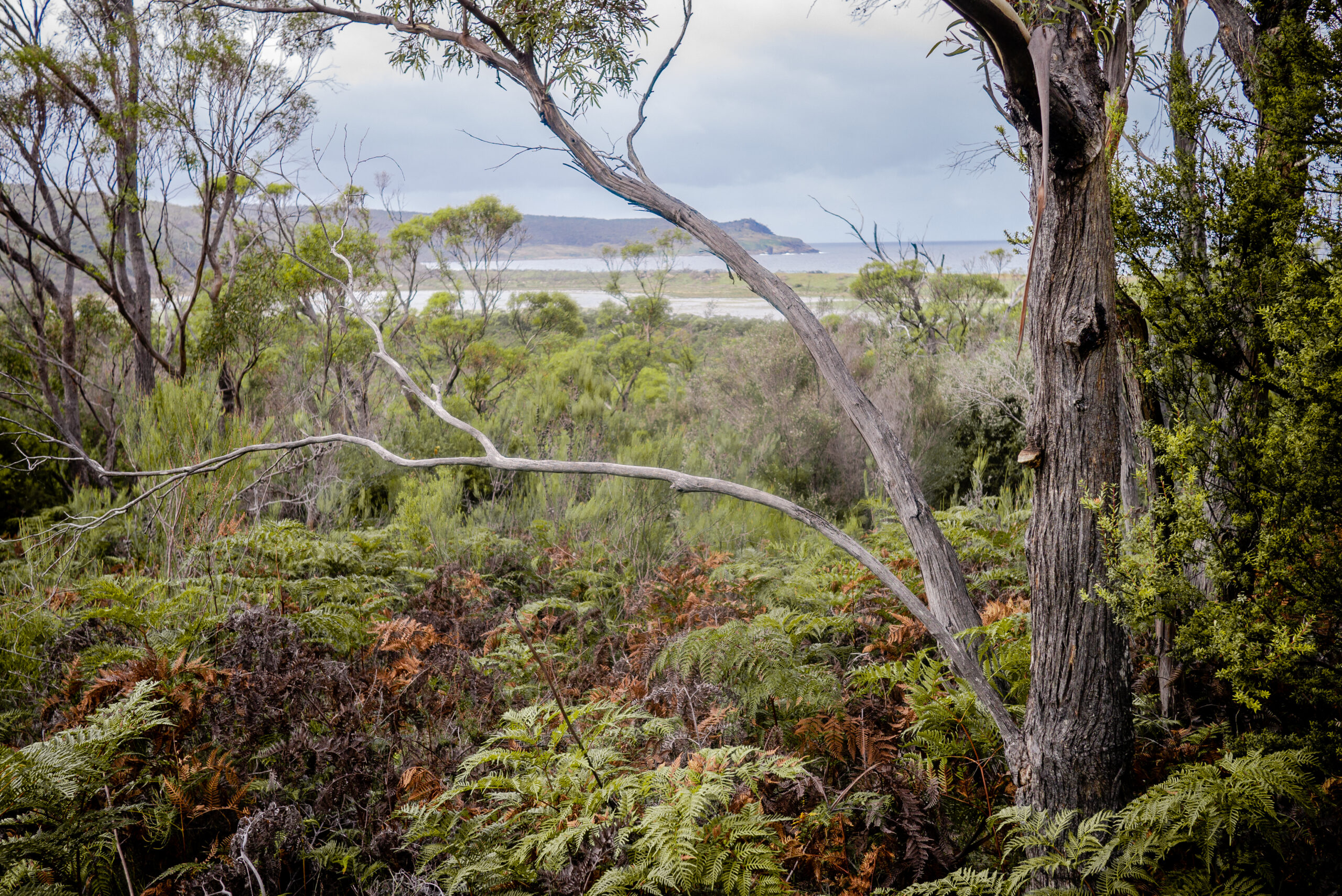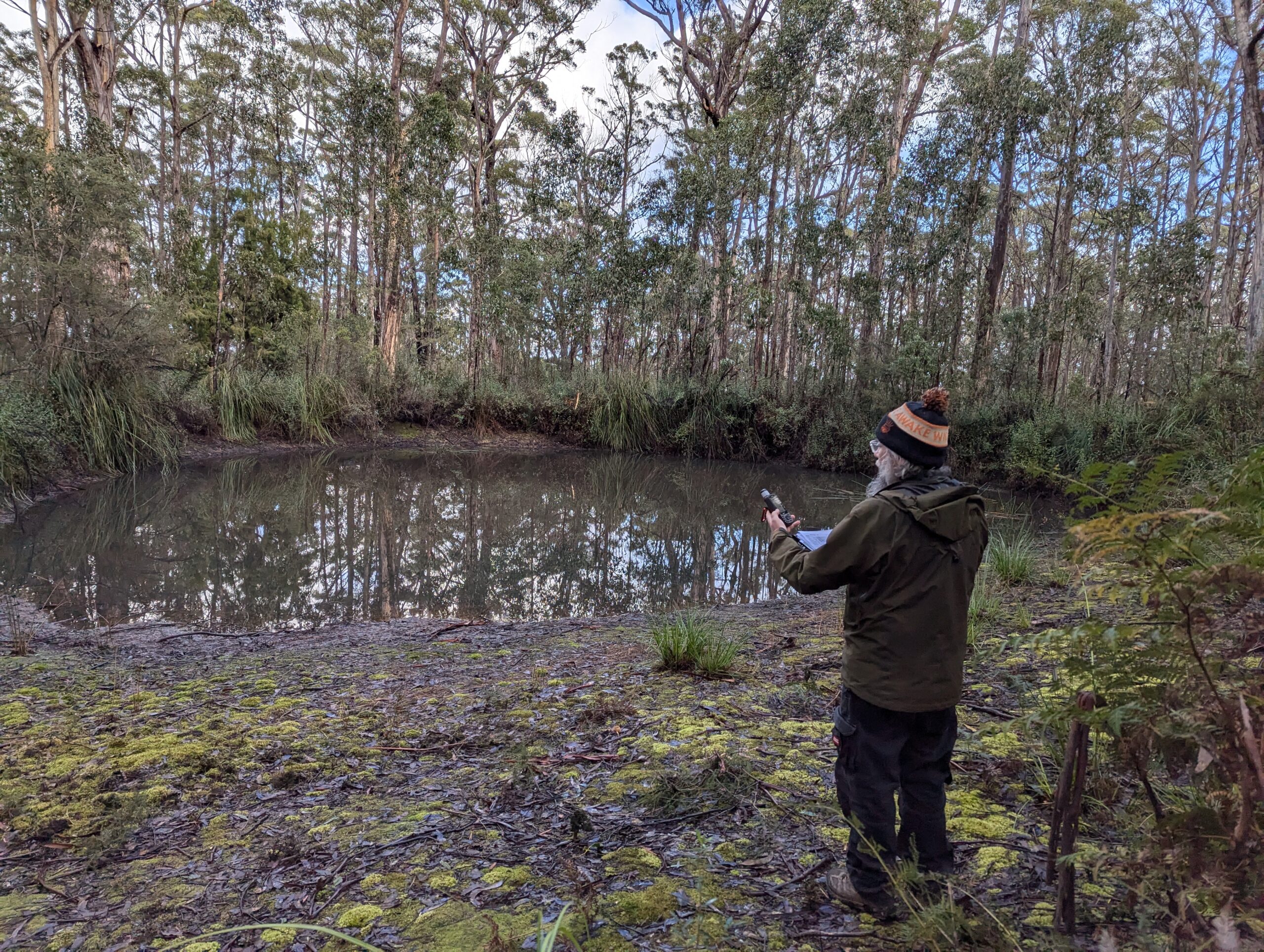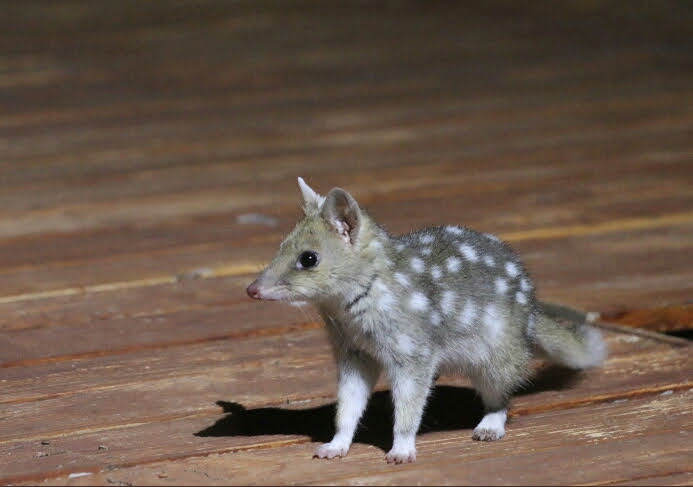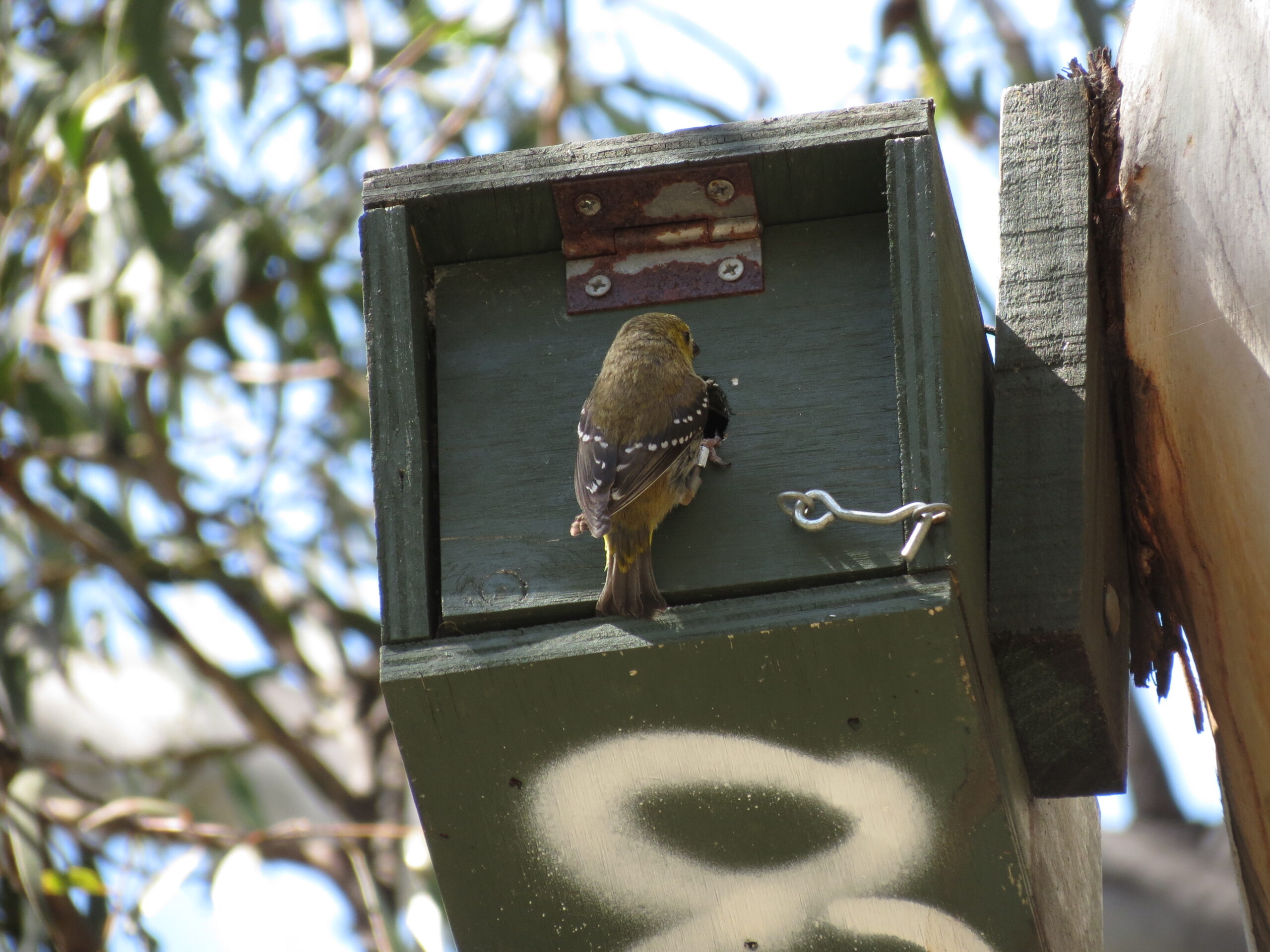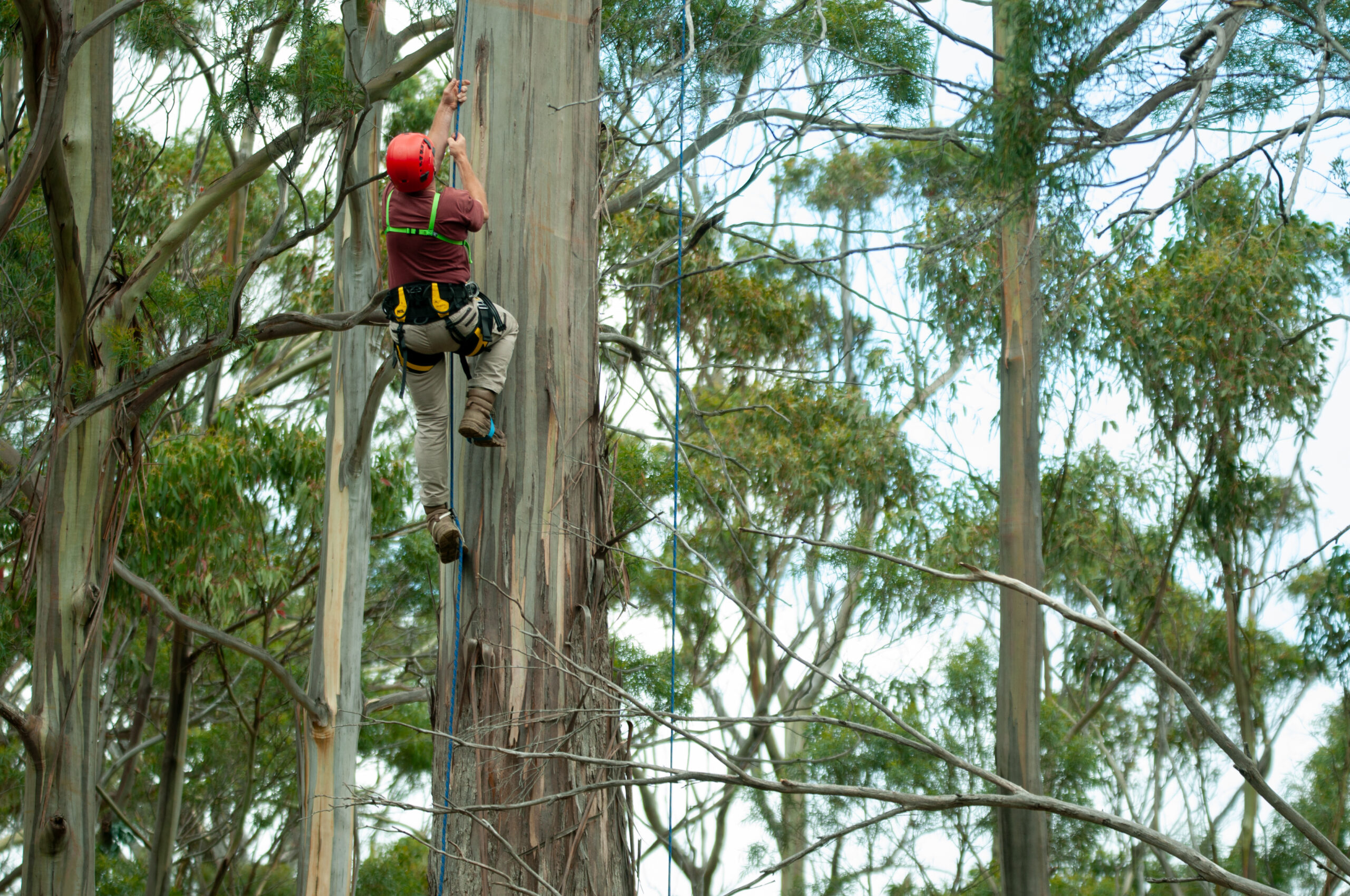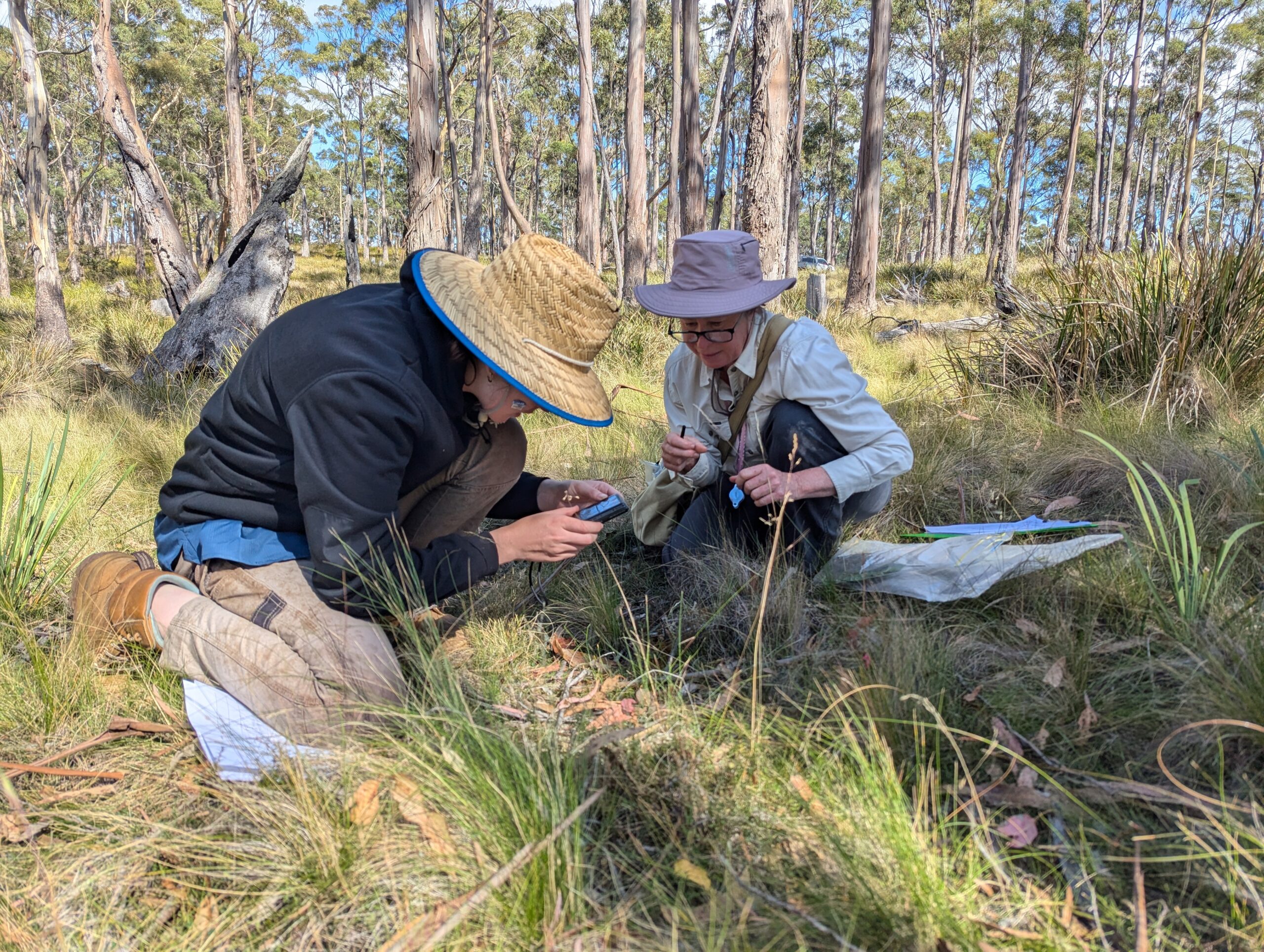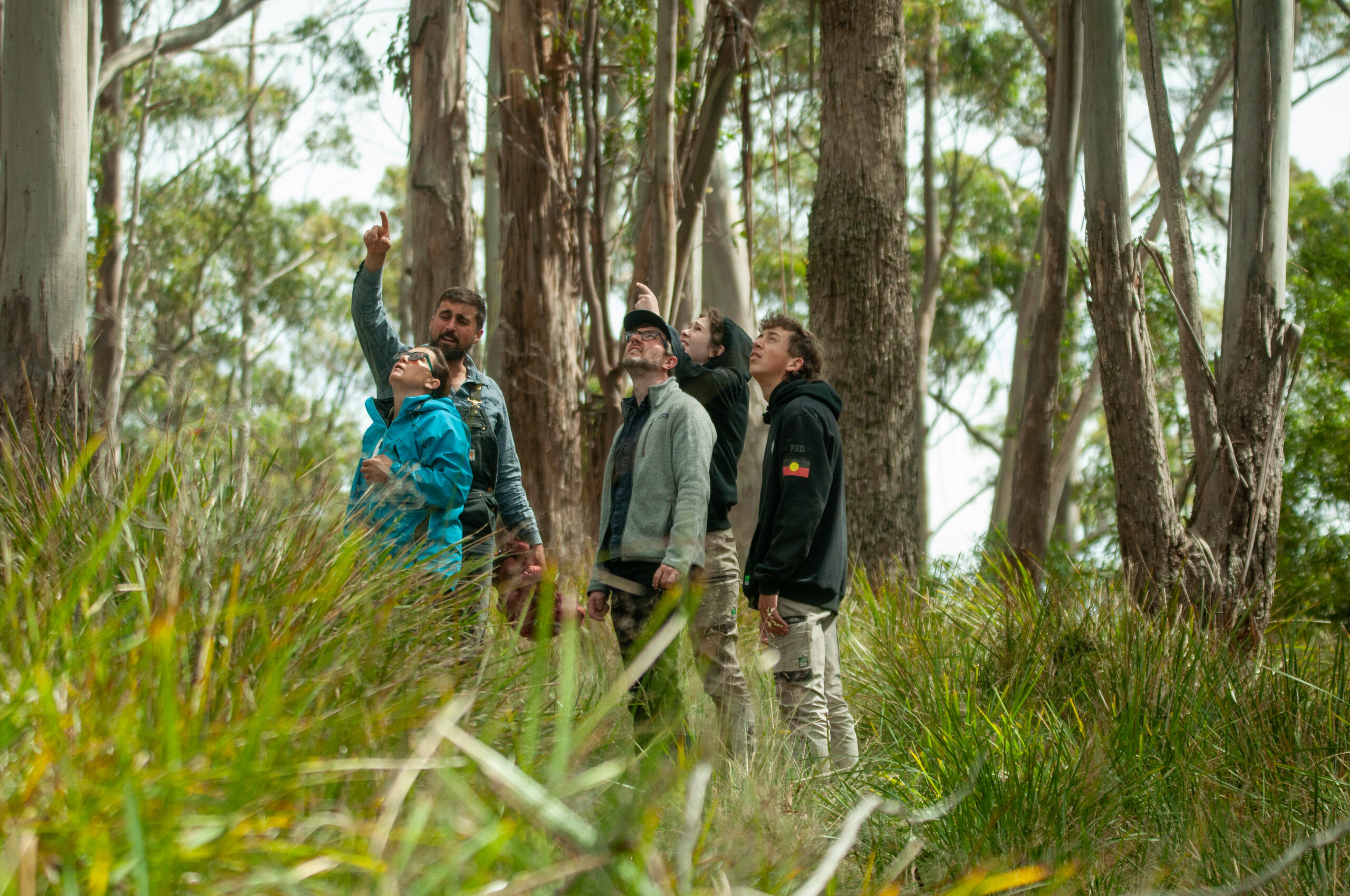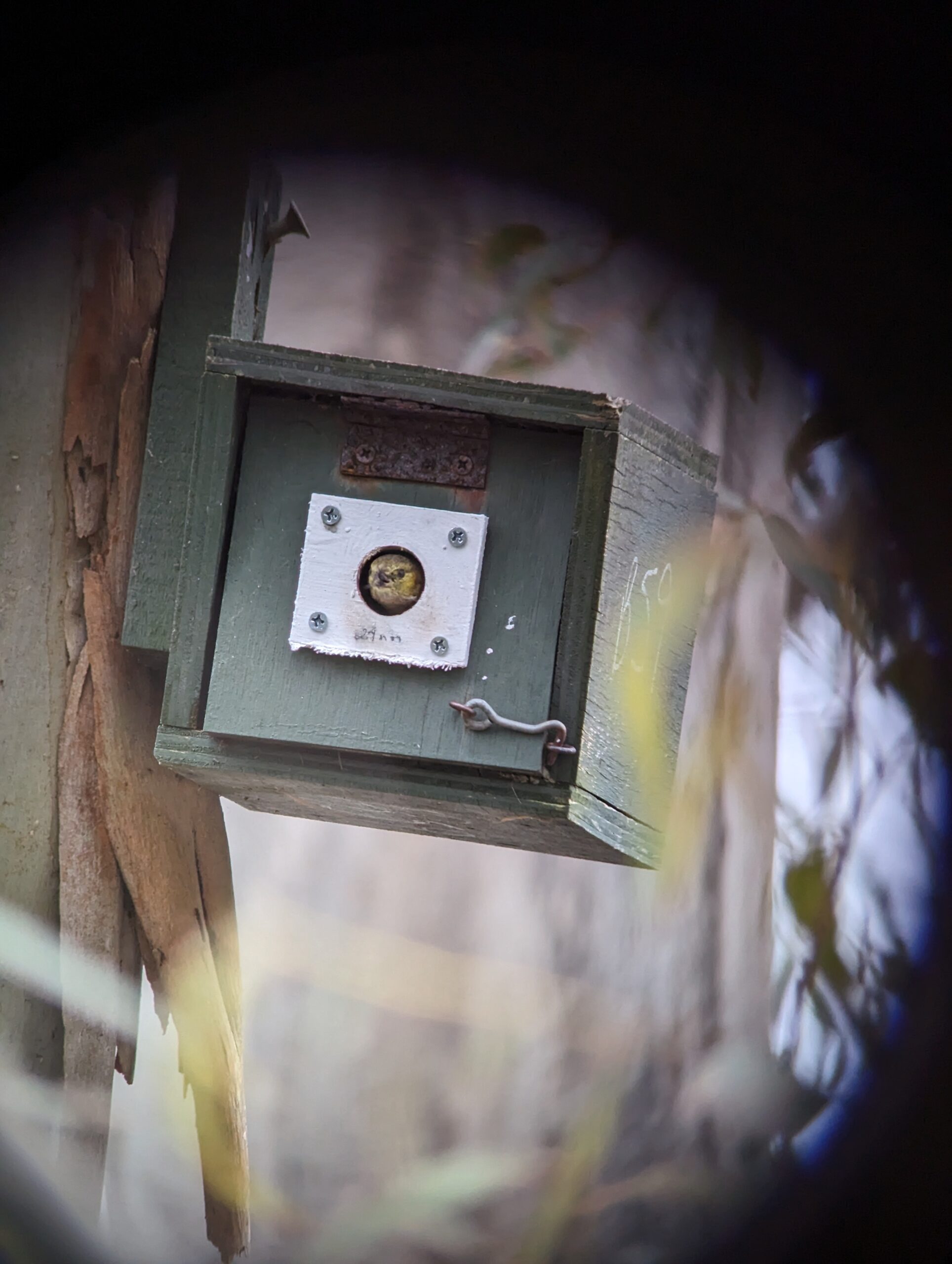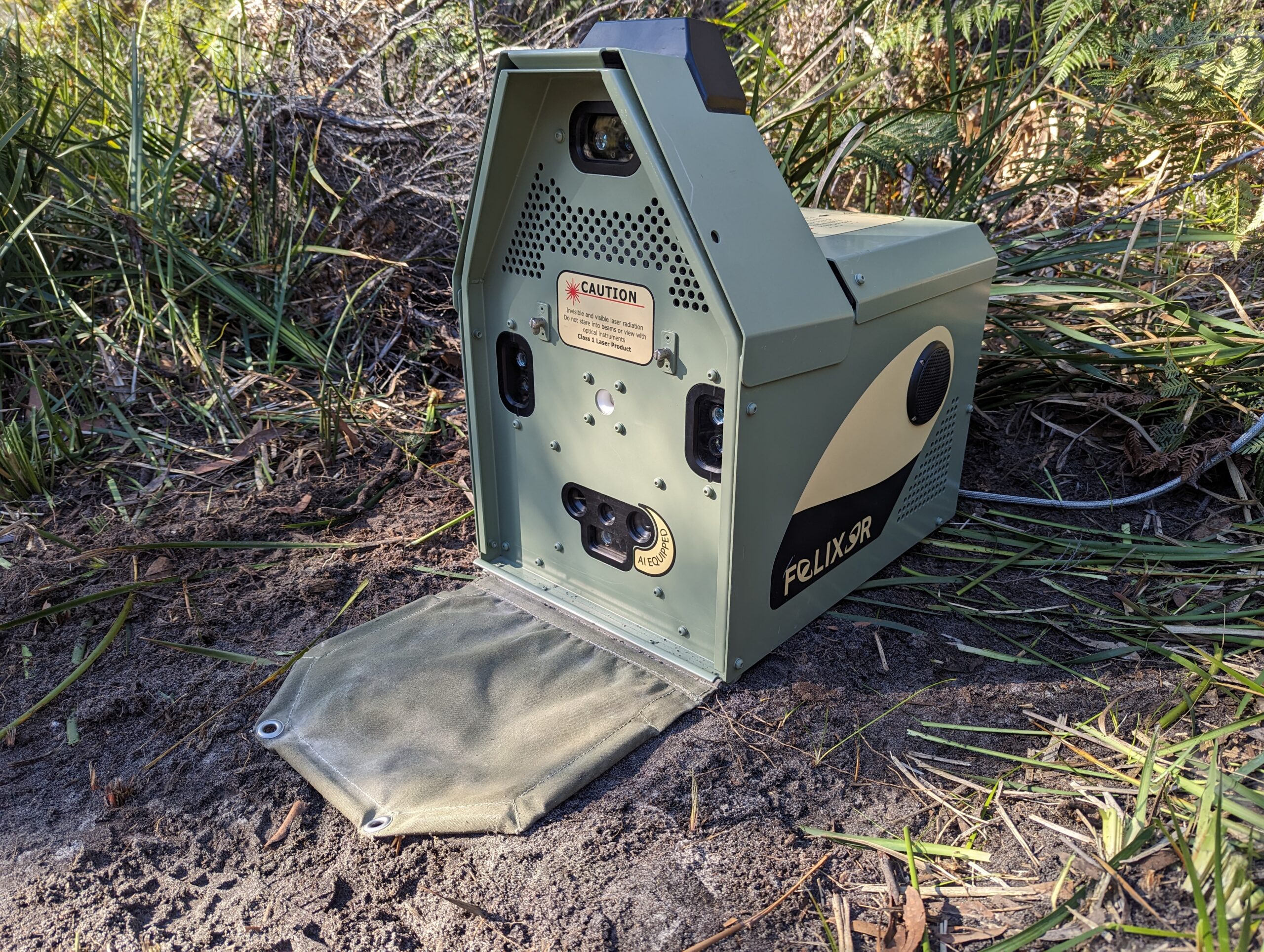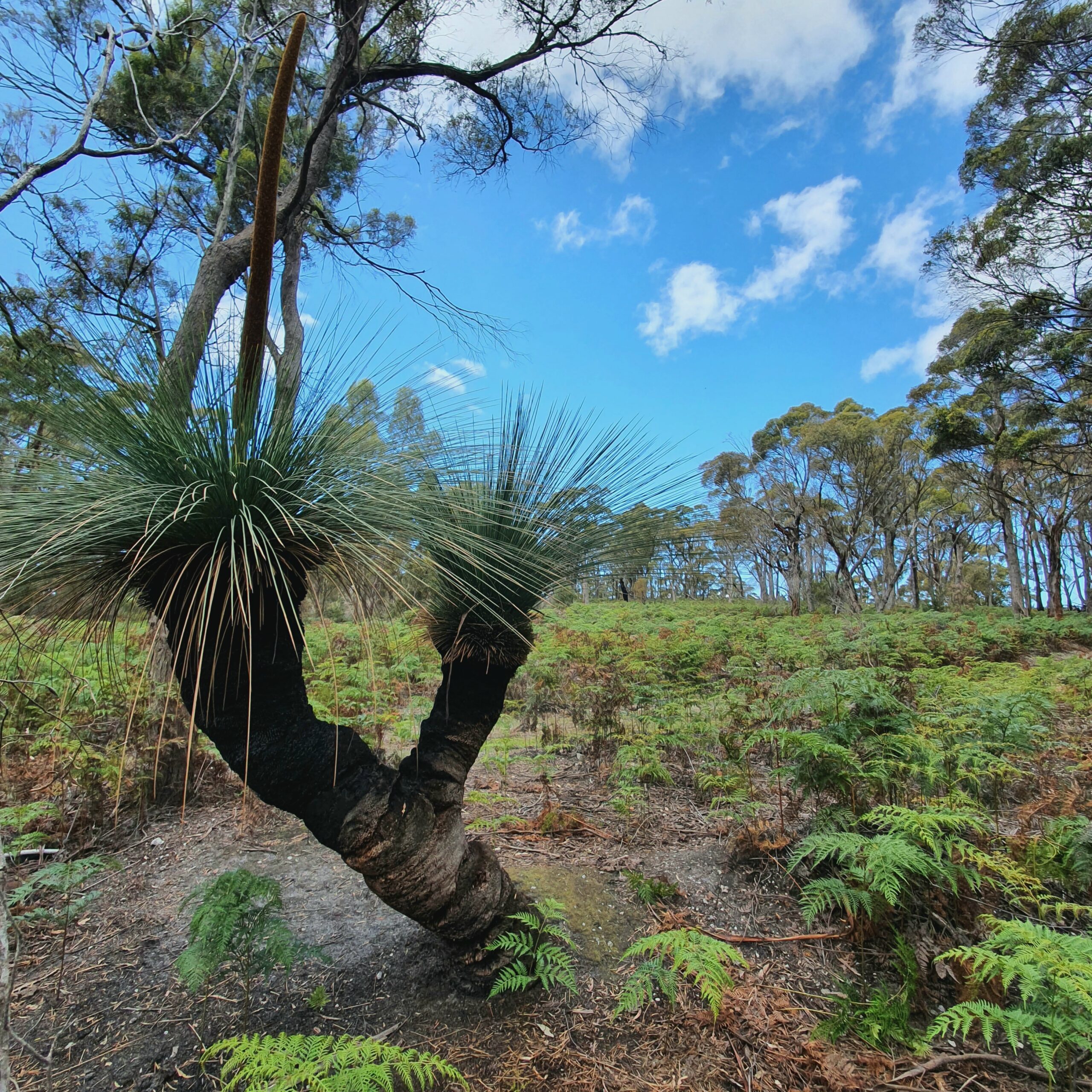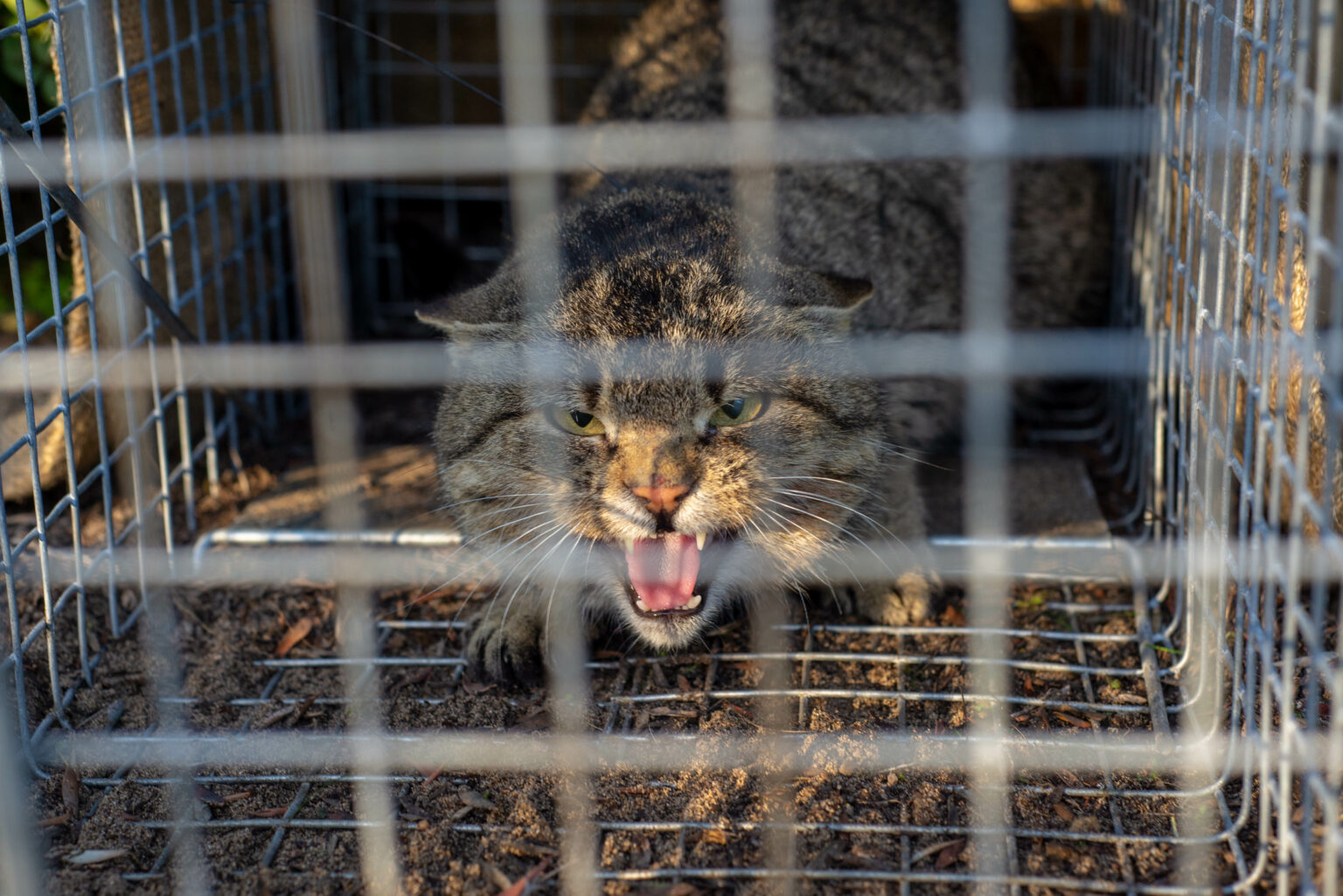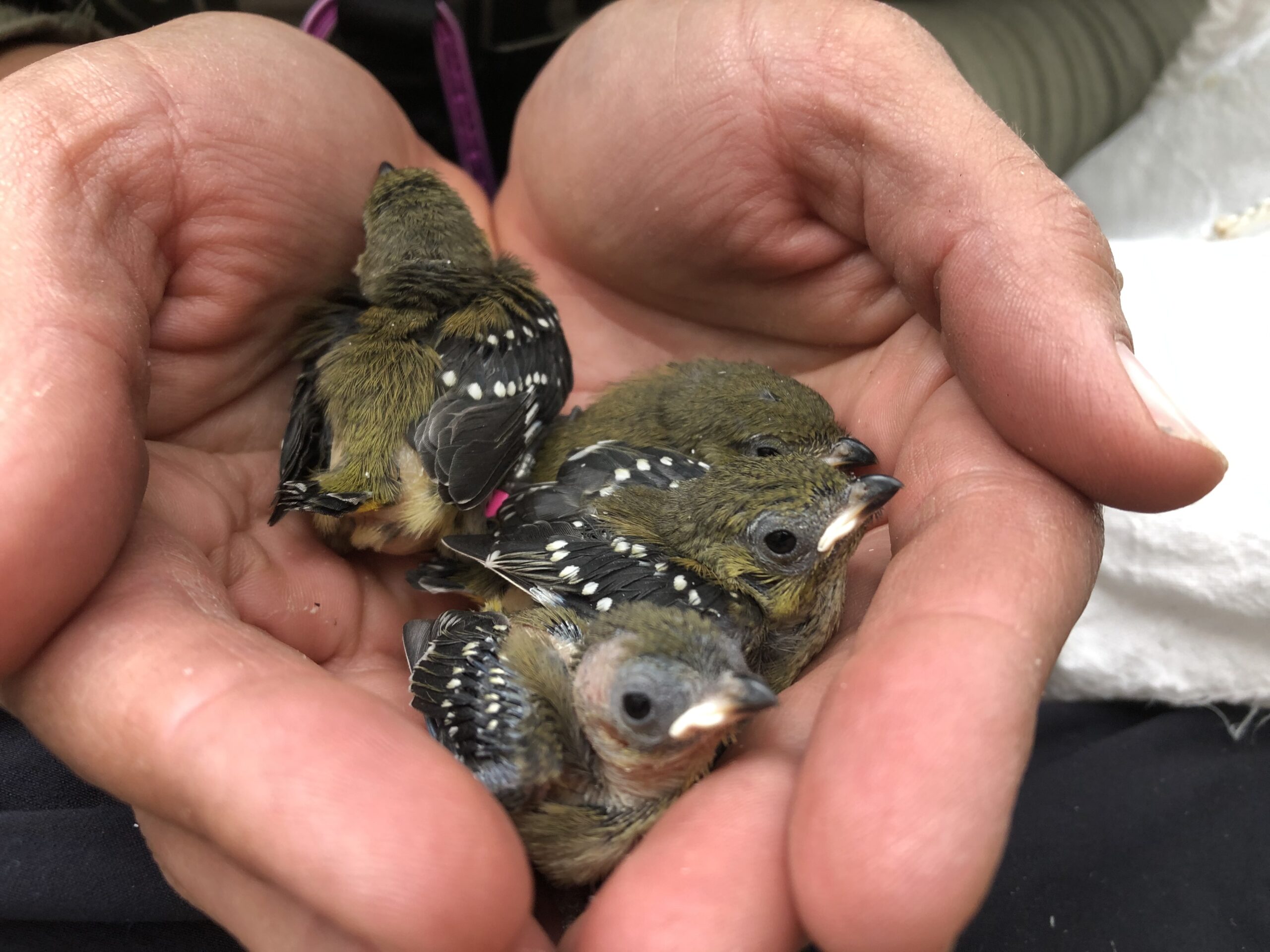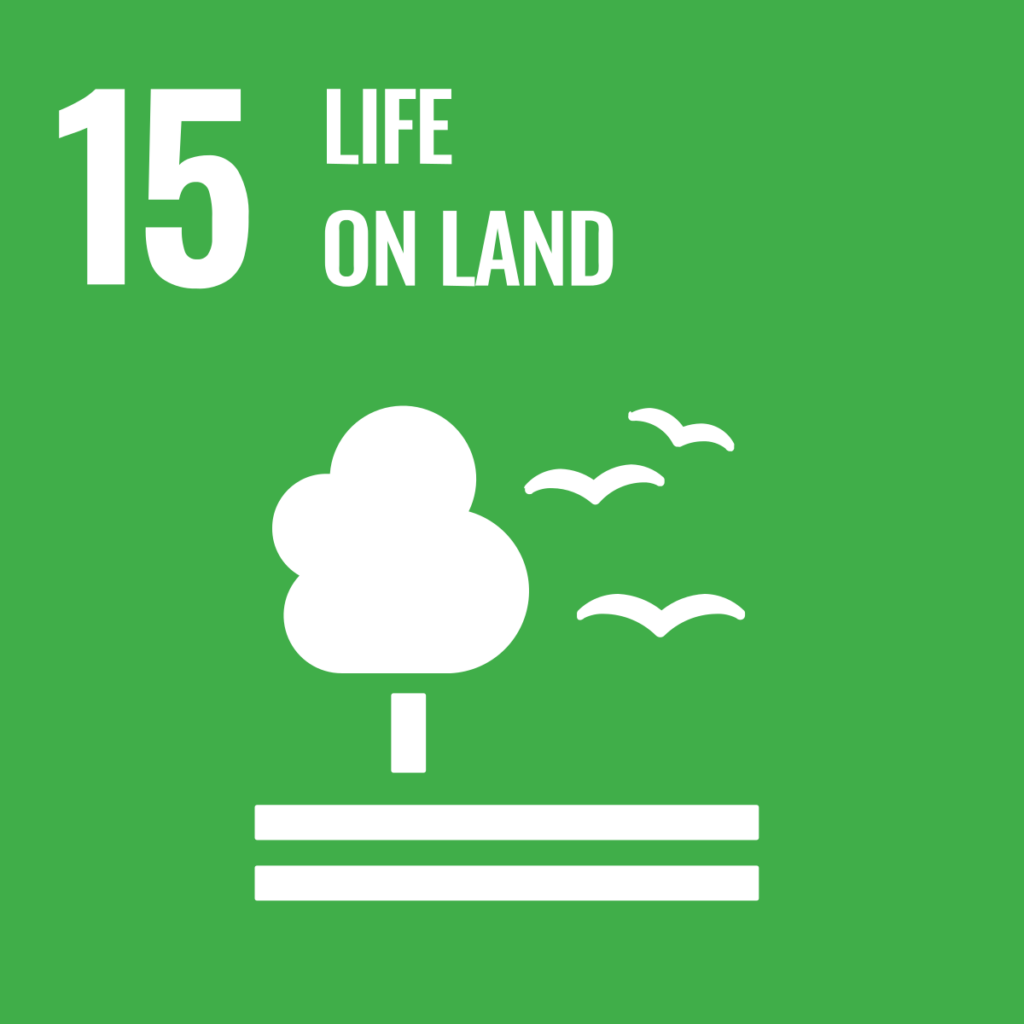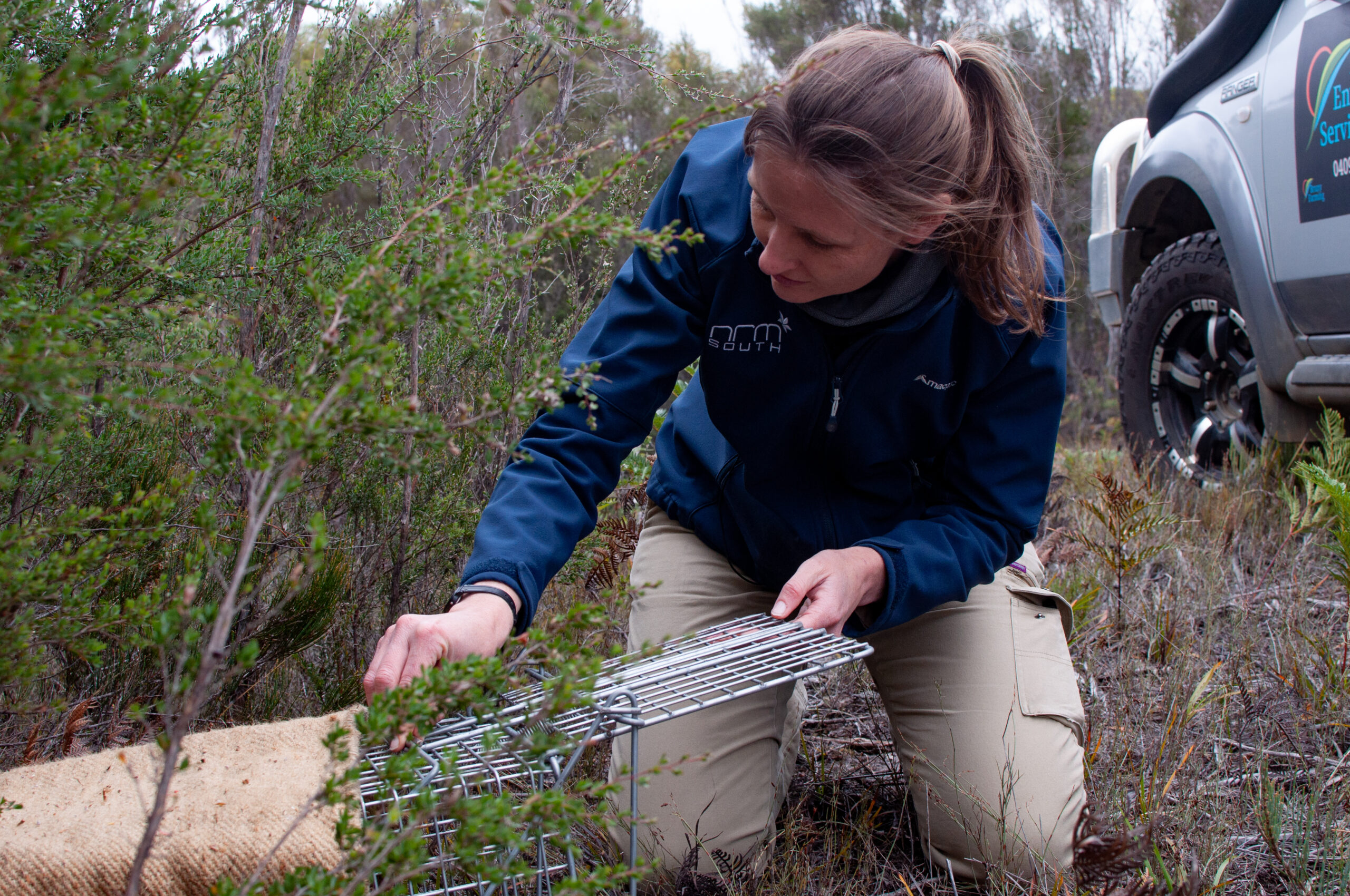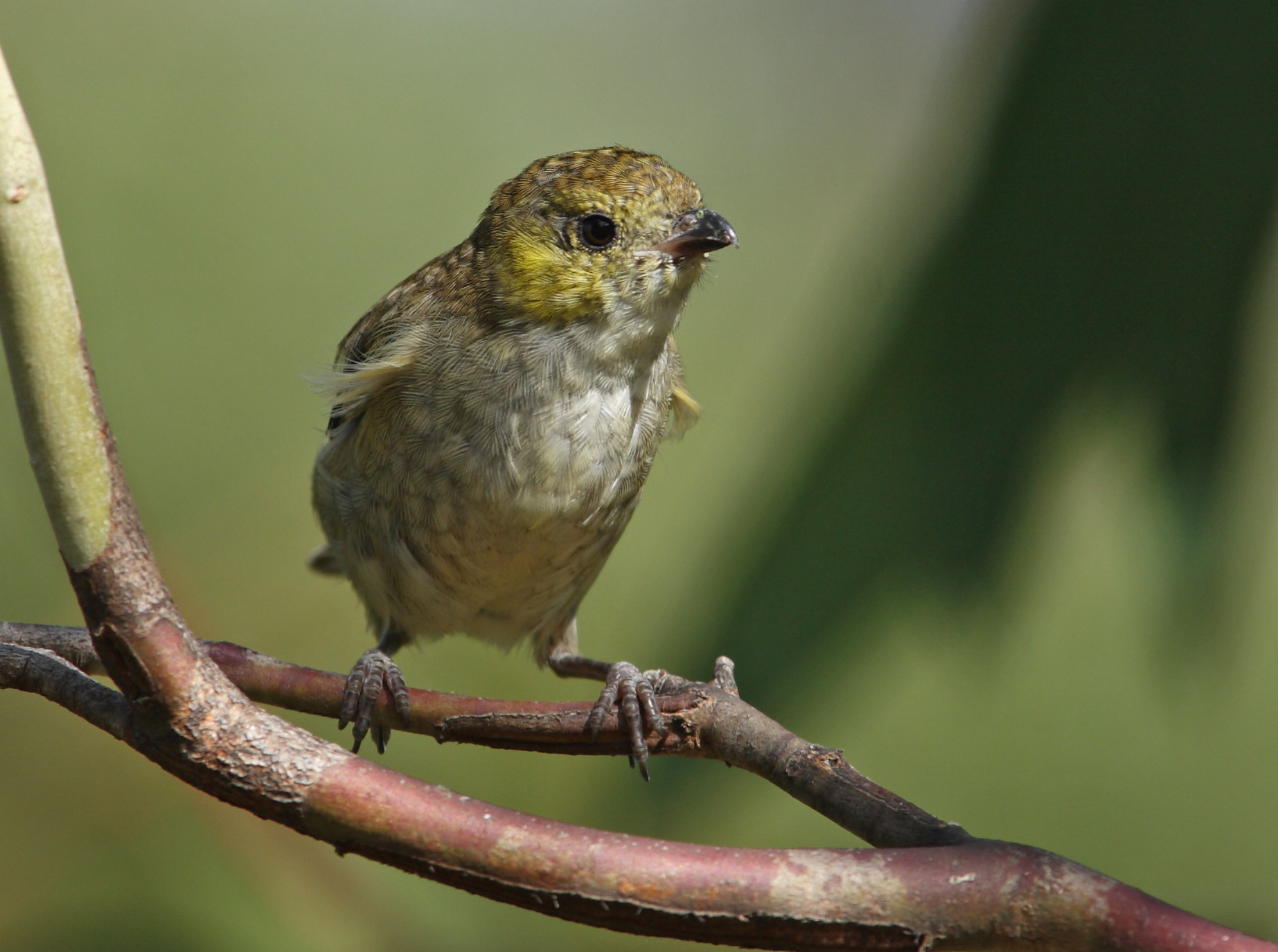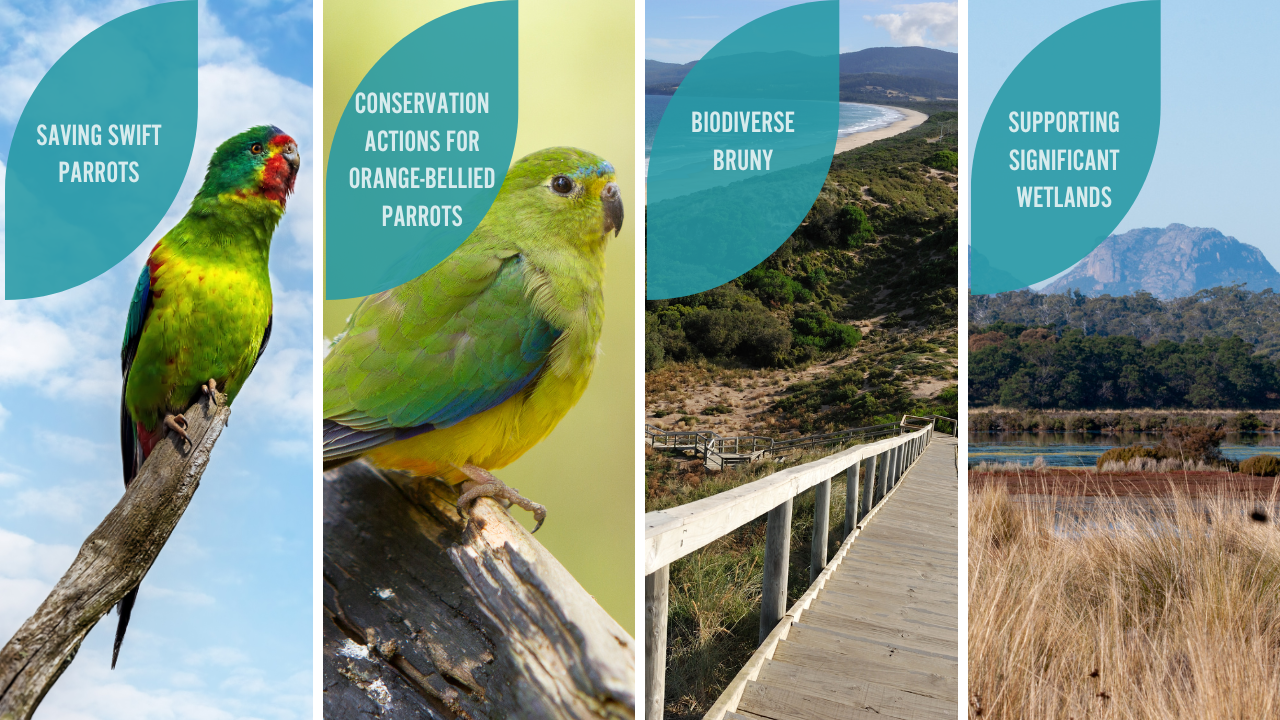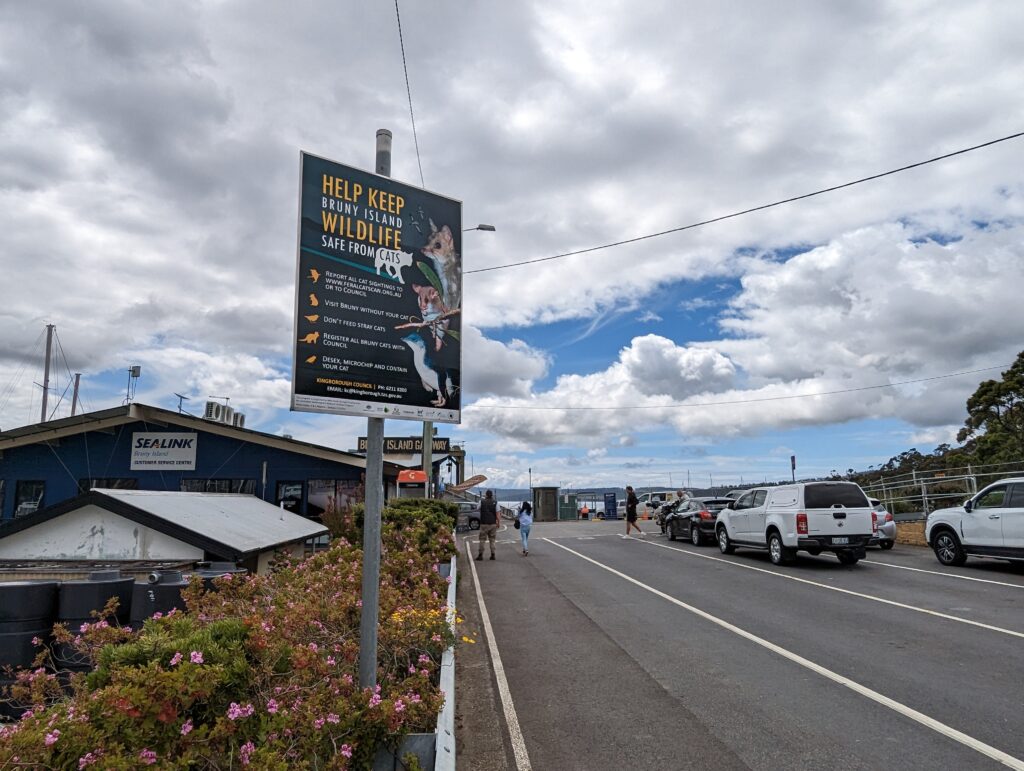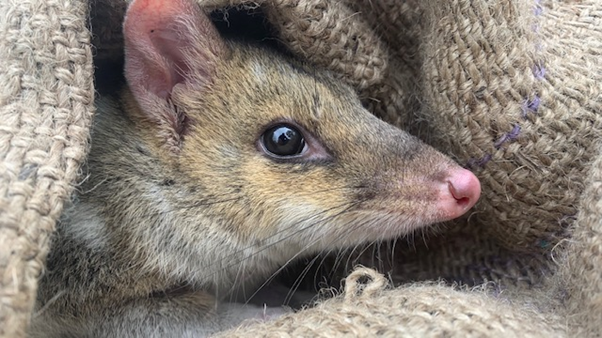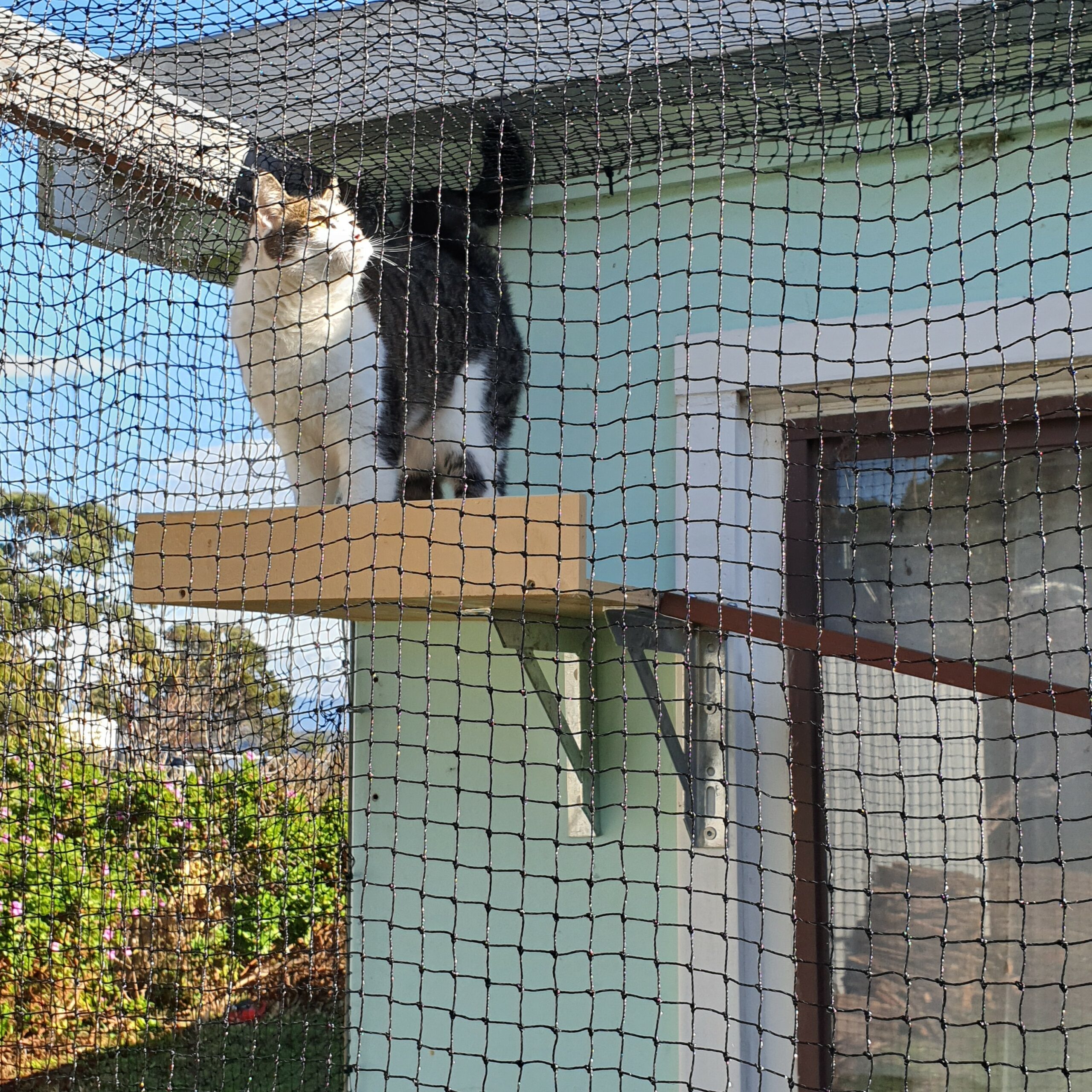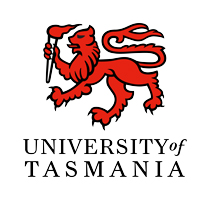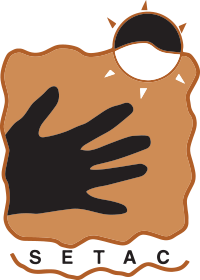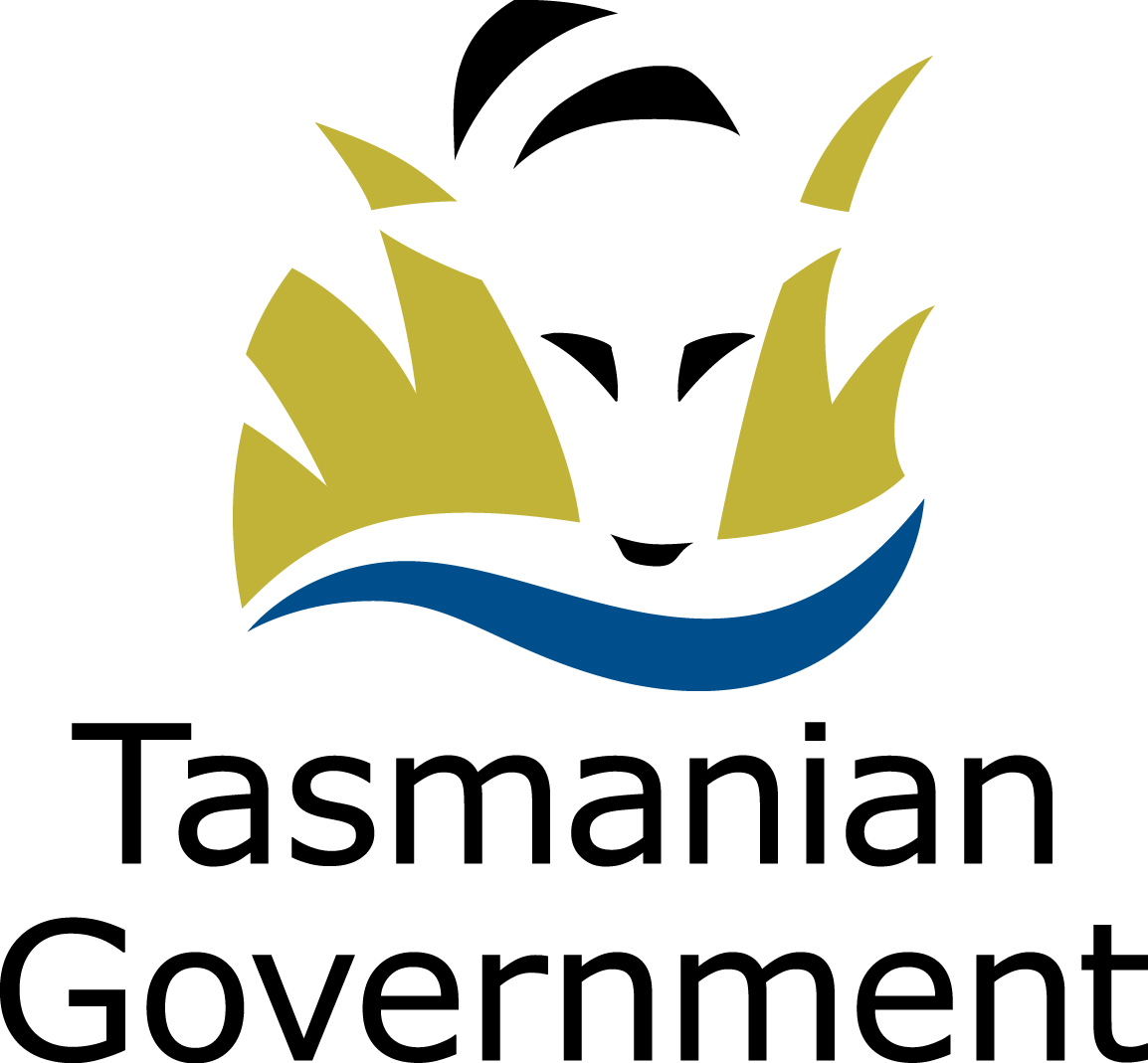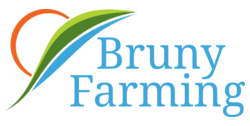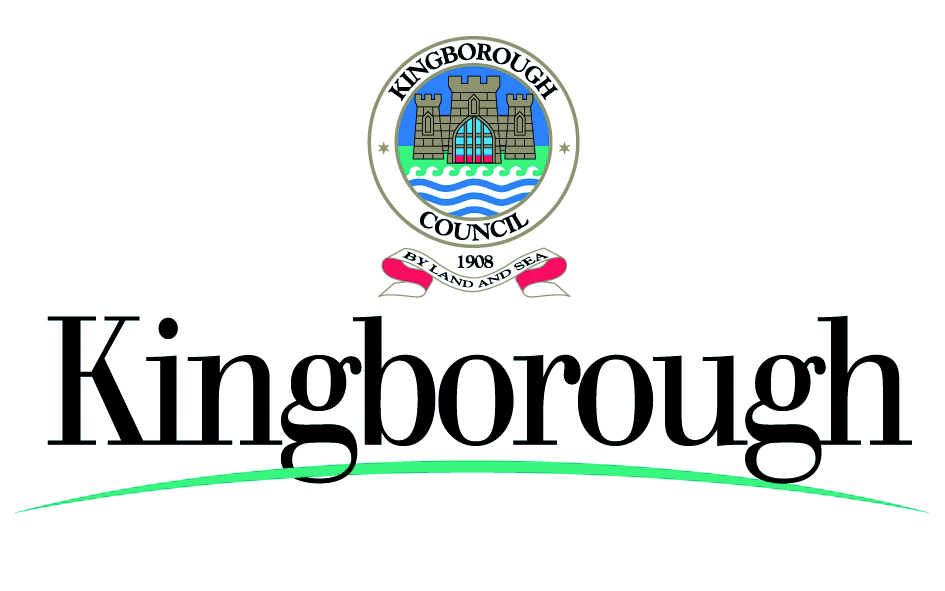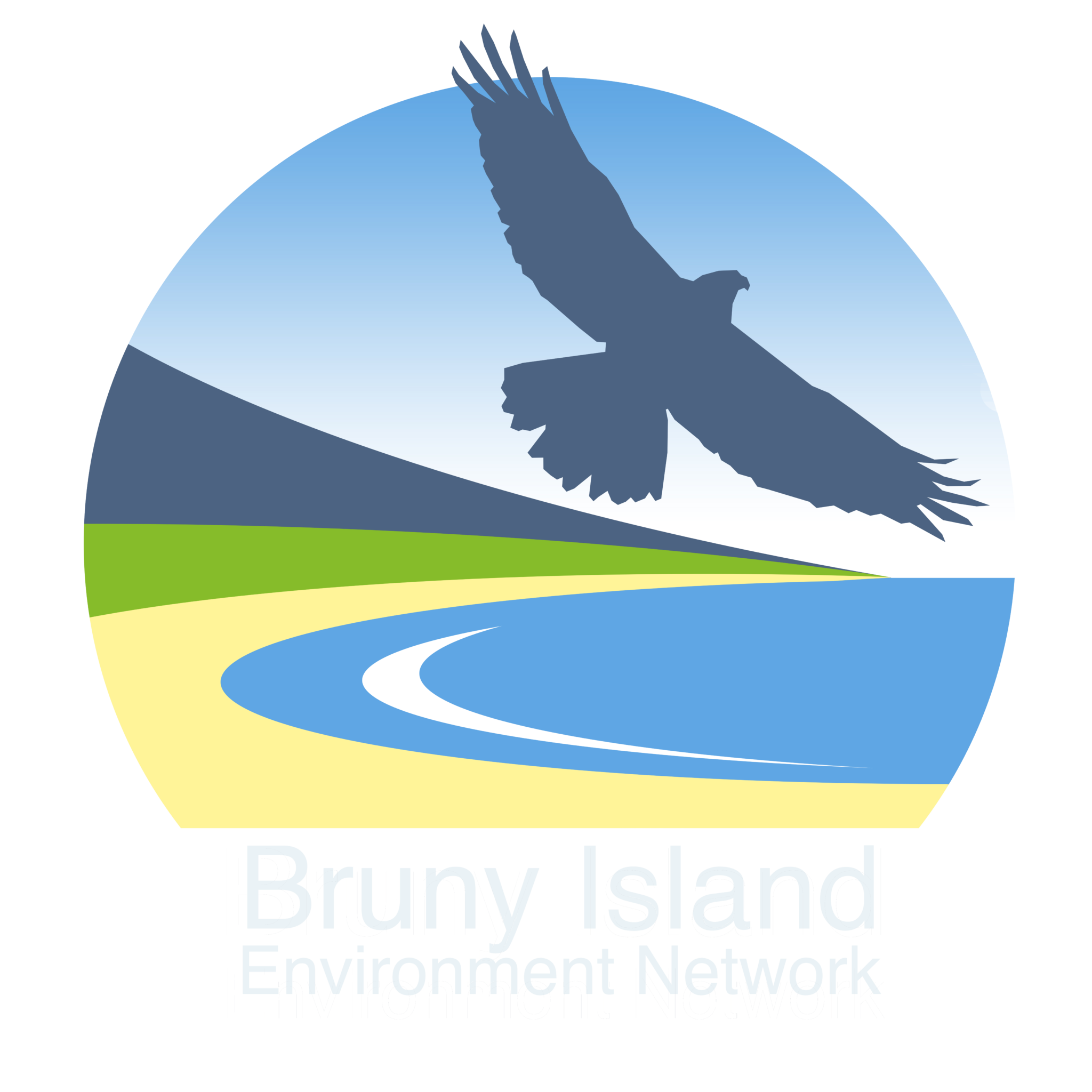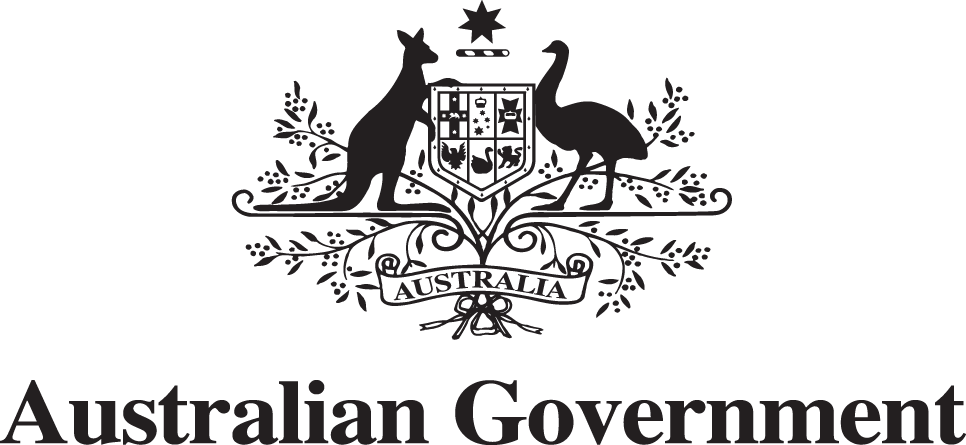Biodiverse Bruny Island
Safeguarding Bruny Island’s natural heritage
This five-year project is working to safeguard Bruny Island’s biodiversity through the protection of the island’s threatened species and ecological communities.
Through focused efforts across 4,000 ha of Aboriginal owned and managed land and addressing biodiversity hotspots island-wide, project actions will improve conditions for key species and ecosystems.
STRATEGY PRIORITY LH1: HEALTHY COUNTRY
Through our Biodiverse Bruny project, we are working with Tasmania’s Aboriginal community to support their priorities for protection and caring of Country.
What we are doing:
Building community capacity in fire management through support for cultural burning approaches to manage important landscapes.
Building community capacity in wildlife management through involvement in on-ground surveys and monitoring.
Supporting career pathways in NRM through delivery of training opportunities.
STRATEGY PRIORITY BS1: Threatened MAMMALS
STRATEGY PRIORITY BS2: forty spotted pardalote
STRATEGY PRIORITY BS3: Threatened PARROTS
STRATEGY PRIORITY BS5: coastal shorebirds
This project incorporates a suite of actions that are helping to support threatened and important species on Bruny Island, such as Eastern Quoll, Forty-spotted Pardalote and coastal shorebirds.
What we are doing:
Working with partners to reduce the impacts of cats on the island’s native wildlife.
Supporting on-ground actions to improve outcomes for the endangered Forty-spotted Pardalote.
Supporting land management activities at key Swift Parrot nesting sites.
Improving community awareness about the importance of coastal shorebirds.
priority wc2: offshore islands
Bruny Island is a recognised ‘biodiversity hotspot’ and is a focal point for action in the southern region. Offshore islands such as Bruny are vulnerable to invasive weeds and pests, which have negative consequences for the island’s birds and small marsupials.
What we are doing:
We are working with partners on management actions including cat control, supporting deer management, weed control, revegetation and disease control.
Our Approach
This project is working to protect and enhance the biodiversity values of Bruny Island by;
- Ongoing feral cat removal across priority sites;
- Mapping rabbit distribution across north Bruny Island as a method of identifying new feral cat hotspots;
- Improving habitat for Forty-spotted Pardalotes through weed control and revegetation activities;
- Installing a series of feather dispensers for Forty-spotted Pardalotes to use in nest building and help to reduce the impacts of parasitic fly larvae on nestling survival;
- Using cultural burning as a habitat management tool to maintain a dry grassland and forest mosaic habitat on the Aboriginal owned and managed Murrayfield property, and;
- Other activities including assessments of the island’s feral deer population and their potential impacts, and managing important grass tree habitat to address the impact of the soil-borne disease Phytophthora.
PROJECT PILLARS
Background
Bruny Island – a 362km2 stretch of land situated off the south-east coast of Tasmania – is regarded as a ‘biodiversity hotspot’. The island’s landscapes are a mix of reserves, residential land, and farming areas and it is regarded as an important stronghold for Eastern Quolls, Swift Parrots and Forty-spotted Pardalotes, as well as being an importing breeding site for Little Penguin and Short-tailed Shearwater.
NRM South has been supporting projects across Bruny Island for close to two decades, focusing on a range of issues including conserving the island’s White Gums and Forty-spotted Pardalote populations, as well as marine debris cleanups. More recently, we worked with partners on a multi-year project to manage feral, stray and domestic cats in north Bruny Island, helping to remove a significant number of cats and increase community awareness about cat management.
Working with a range of partners, our Biodiverse Bruny project is an ambitious five-year initiative that is using a range of complementary approaches aimed at protecting and enhancing important habitat, supporting the island’s native species – with a particular focus on Forty-spotted Pardalotes and Eastern Quolls, and Aboriginal cultural burning.
Feral Cat Control
From 2018-2024, NRM South worked with project partners through an Australian Government funded project to address the impacts of feral and stray cats to Bruny Island’s wildlife – with a particular focus on Eastern Quolls and the northern section of Bruny Island. Following years of targeted control, it is estimated that very few cats now remain in the area. However, without sustained pressure on the few remaining feral cats in north Bruny Island, including those that may move in from the island’s south, populations could soon begin to increase again, undoing years of effort.
This project will continue to use cage trapping and Felixer grooming traps (both identified as effective options as part of the earlier project) to remove feral cats from key sites on Bruny Island. Sites have been chosen based on known hotspots and to protect important assets (e.g. seabird rookeries). The locations of traps will be determined using trail cameras and will shift in response to seasonal fluxes and permitting requirements.
Additionally, research into the location and distribution of the island’s rabbit population will help inform where feral cat eradication devices should be positioned, as rabbits are an important prey species.
Supporting 40-spotted Pardalote populations
The Forty-spotted Pardalote (Pardalotus quadragintus) is a rare Tasmanian bird that is now largely confined to Bruny Island, Maria Island and two small patches of forest on coastal mainland Tasmania. They rely on forests where their preferred food tree, White Gums (Eucalyptus viminalis), are present. As their former range has contracted, remaining populations now face several threats, including low nesting site availability, competitors, ongoing habitat degradation, and parasitism by the larvae of a native ectoparasitic fly that causes severe nestling mortality.
The Biodiverse Bruny project will be using a range of appraoches to help support Forty-spotted Pardalote survival, including;
Feather dispensers and adapted nest boxes:
Forty-spotted Pardalotes nest in small tree cavities and use soft materials such as feathers, fur and grass. Following the success of a simple, yet effective management approach where dispensers filled with insecticide-treated feathers were made available to pardalotes as a way for the birds to ‘self-fumigate’ their nests. NRM South supported researchers from the Australian National University to expand this project to a landscape scale as part of a project that wrapped up in 2023. This approach will be rolled out on a much broader scale as part of the Biodiverse Bruny project, and will see dispensers installed at 40 locations, alongside the installation of competitor exclusion devices (adapted nest boxes) at eight sites.
Research into parasitic fly ecology:
This project will seek to improve our basic knowledge about the parasitic fly Passeromyia longicornis, with the aim of finding new ways to mitigate its impact on Forty-spotted Pardalotes. Modified fly traps will be installed to test bait types in order to determine best method for targeted surveys (while limiting bycatch).
Weeding:
Weed control will be carried out across three hectares to improve breeding habitat for Forty-spotted Pardalotes.
Habitat improvement:
Revegetation across six hectares of Forty-spotted Pardalote habitat will be carried out. This revegetation effort will focus on White Gum and associated understory vegetation.
Cultural Burning
Aboriginal cultural burning in Tasmania is both an important tool to support landscape health, as well as an important cultural practice that helps to connect Tasmania’s Palawa and Pakana community to Country. By integrating Aboriginal knowledge and leadership, scientific expertise, and community involvement this project is forging sustainable pathways for biodiversity conservation.
Murrayfield, on north Bruny Island, is an Aboriginal owned and operated sheep station that comprises a mixed landscape of bushland and pasture. This project will be working with partners at the South East Tasmanian Aboriginal Corporation (SETAC) to carry out cultural burning that will manage habitat to maintain a dry grassland and forest mosaic. Surveys of the site’s flora and fauna will be carried out to assess the impact of this burning practice.
Improving habitat
As well as the weed control and revegetation activities that for part of the suite of activities to support Forty-spotted Pardalote recovery, this project will be working with PWS to trial management of Phytophthora, also known as ‘root rot’ disease. Root rot is caused by a soil borne water mould known as Phytophthora cinnamoni and causes disease, death and potential extinction in susceptible plants, and loss of habitat for animals. This project will implement treatment across two hectares of key grass tree (Xantorrhoea australis) habitat on north Bruny Island and employ measures to reduce the spread of this deadly disease into the islands threatened ecological community, Forests and Woodlands dominated by black or Brookers gum (Eucalyptus ovata / E. brookeriana).
Additional activities that will help to inform future habitat improvement include mapping the distribution and identifying the potential impact of feral deer on Bruny Island through the use of camera trap surveys.
Community Engagement
Over the course of this project, NRM South will be supporting community engagement efforts including signage, workshops and developing resource materials. These will cover subjects including deer management, Forty-spotted Pardalotes and the impacts of parasitic fly larvae, shorebirds, land management and biosecurity issues.
Project Targets
Removing at least 15 feral cats from priority locations
Habitat improvement activities (weed control, revegetation) across 9 ha to support 40-spotted Pardalotes
Installation of feather dispensers at 40 locations to combat parasitic fly in 40-spotted Pardalotes
Supporting Aboriginal land management practices through cultural burning at Murrayfield
Signage to improve community awareness about conservation issues
Monitoring feral cats and rabbits to improve targeted cat control
Habitat improvement actions (weed control, cultural burning, revegetation) to improve biodiversity values
Mapping the distribution and potential impacts of feral deer across Bruny Island
Targeted management to protect grass tree habitat and limit Phytophthora spread into threatened ecological communities
Past Projects
Cat Management Actions for Eastern Quoll on Bruny Island
Our cat management project on Bruny Island ran from 2019 to 2024 to support native wildlife on the island (with a focus on Eastern Quolls) through the management of feral, stray and domestic cats. Cat control also brings benefits to the island’s sheep farmers, as cats harbour diseases. This project built on the 2017-2019 Bruny Island Cat Management project led by Kingborough Council.
Read more here.
Protecting the Forty-spotted Pardalote
Through this project, we worked with partners from the Australian National University on actions to support Forty-spotted Pardalote populations. This included research into whether dispensers containing insecticide-treated feathers could help combat the fly larvae in their nests on north Bruny Island, examining the genetics of the population and assessing the potential effectiveness of various management interventions, and examining the environmental characteristics of artificial nest boxes that makes them more likely to be used by Forty-spotted Pardalotes (and how these results could be used to develop future interventions).
Read more here.
